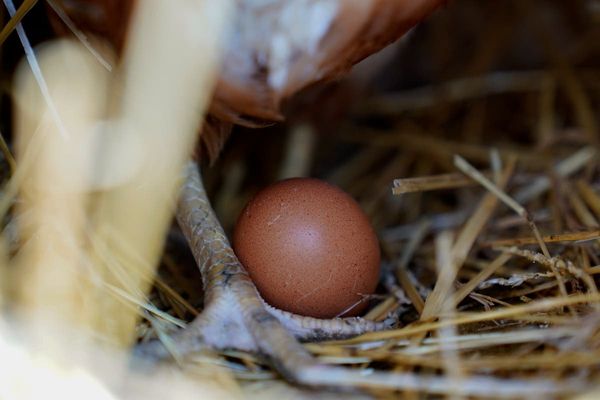
Younger, older, left field, established, overlooked, revitalised, expected, surprising: the annual Turner prize shortlist has over the decades been a mix of the puzzling and the predictable. The shortlists, and the jurors who select them, don’t come out of nowhere. More than a signal to artistic fashion and passing fads, the annual Turner exhibition is a sign of the times. It goes with and against the grain. Less now about big names and artists who are already validated and in the public eye, it gets more fragile and more contentious as it also becomes more unpredictable and more interesting.
Post-Brexit, post-Covid, working in a situation that is ever more fraught economically, and more socially divided and divisive, it is important that the prize reflects our situation, as this year’s shortlist does.
Three of the four shortlisted artists work across different media. They write, they compose, they make objects then drop them in favour of film, music, poetry or performance. They have more at stake than their own signature style. Their politics are intimately tied up with the ways in which they work, their means of production, the physical as well as the metaphorical. In all four artists’ work, there is a thread of thinking about care and support, of reaching out and communality in their endeavours.
Born in 1964, Barbara Walker, who is an MBE and a Royal Academician, is in some ways the most conventional and established artist here. Her meticulous and plainly drawn figurative drawings, often executed directly on the wall, are frequently temporary and ephemeral reminders of people, communities and events which have been historically erased or forgotten. Her monumental portraits of people and families affected by the Windrush scandal, and of Commonwealth servicemen and women who served in the first world war, can be seen as social comment and historical record. Her work has a transparency, and she uses what might be seen as a conservative and almost illustrative manner as the plainest and most communicable means of address. This gives her work its power.
Rory Pilgrim’s art moves between painting and drawing, performance, musical composition and dance. Often quirky and personal (his drawings, he has said, are like those of “a nine-year-old on acid”), his is also a social practice, working with individuals and groups – a community of young people in Boise, Idaho, or a group of women who lived through the radical movements of the 1960s and 70s. The result of all this might end up as an installation, a performance, a concert or an ad-hoc mixture of approaches. In 2019 Pilgrim, who partly lives in Rotterdam, won the €40,000 (£35,400) Prix de Rome, the Netherlands’ most important prize for artists under 40.
By turns precarious, poignant, vulnerable and aggressive, Jesse Darling’s sculpture is enormously inventive. Darling and Walker will, I think, be the frontrunners for this year’s prize. Like Ghislaine Leung and Pilgrim, Darling also switches between media and materials, working with the manufactured and the handmade, and between objects, signs and images. A great sense of touch and placement, of bodies present and absent, fragile, damaged and indomitable, characterises Darling’s sculpture. Darling also writes, terrifically, and is an accomplished poet.
Leung’s installations (which I prefer to think of as situations) combine objects and spaces, sound, smell, photographs, hi-tech noise cancellation sine waves and pink noise, inflatable arches that slowly collapse, baby gates and much besides. Like Darling’s, Leung’s work is imbued with threats and thresholds, baffles and barriers. She regards her work as a kind of institutional critique.
Leung and Pilgrim are the wild cards here. I’m intrigued to know what they’re going to do when the Turner prize show opens at the Towner Eastbourne in September. This is as it should be. Curiosity keeps us looking, keeps us going back and keeps the prize alive.






